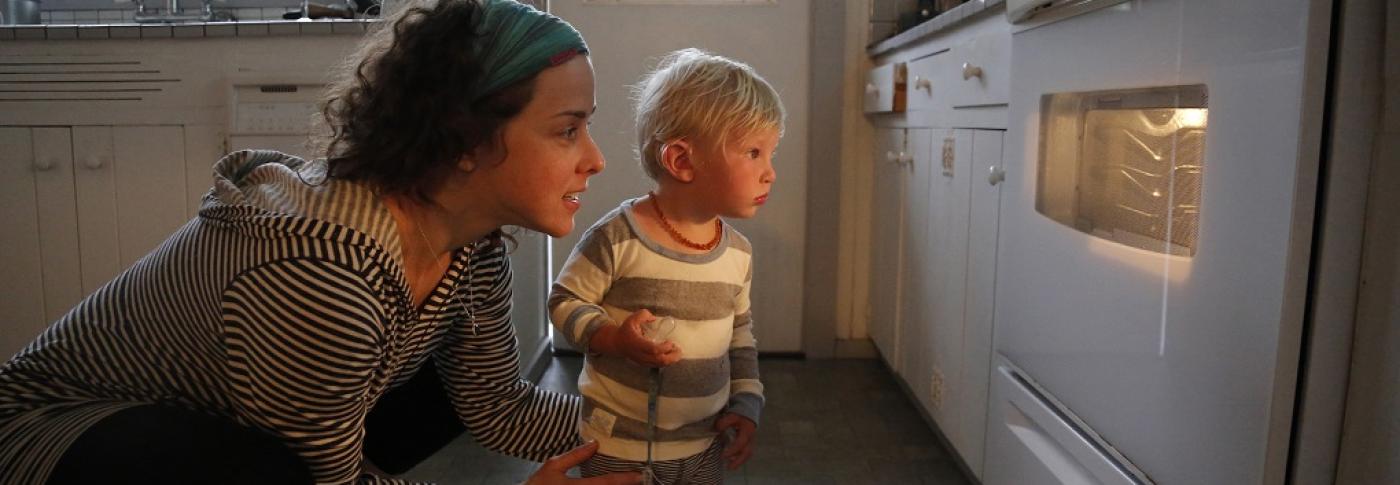The critical role of innovation in delivering a net zero…
27 Mar 2024 - 2 minute read

4 Aug 2020 - 3 minute read
Achieving net zero carbon emissions by 2050 means fundamental changes for society and energy consumers, particularly in transport, heating and energy efficiency.
Our Future Energy Scenarios outline four different pathways for the future of energy over the next 30 years, and spotlight how the level of societal change could affect a typical suburban house in 2050.
Heating
FES 2020 shows that homes could be heated by as little as 30% of the energy required today. A third of this reduction will be via improved insulation and two thirds of it will be achieved by heating technology.
Most UK homes use gas boilers. Our scenarios show that natural gas still has a role to play until the 2030s, but the home of the future will utilise air sourced heat pumps with around 20m homes utilising this technology, and 40% of these using thermal storage. Around 3m households may use hydrogen boilers.
Many new houses will never be connected to the gas grid and so will be heated by heat pumps with underfloor heating, resulting in different heating patterns.
Energy efficiency
FES shows we can only meet net zero by 2050 if we improve the energy efficiency of homes, buildings and businesses, and build ultra-efficient new buildings.
Our scenarios show that buildings will be retrofitted to include triple glazed windows, improved wall and roof insulation, and even external doors with a two-door system to create a buffer zone to the outside world.
Our analysis factors in how these measures can reduce overall energy demand and will enhance the operation of heat pumps, if fitted, too.
Electric vehicles
It’s not just the houses that will change, the cars on our driveways will be different too. FES estimates there will be over 11 million electric vehicles on British roads by 2030, 30m by 2040 and 80% of households that own an electric car will be smart charging by 2035.
Smart charging is using incentives to encourage people to charge outside of peak times, either through simple peak and off-peak electricity tariffs like Economy 7, or incentivising when there is more low carbon electricity available and ‘normal’ demand is low. There are examples of this happening already, at the end of last year windy conditions saw consumers being paid to use excess wind powered electricity, but it’s something we will need more of in future.
For more insight into the impacts of net zero and the Future of Energy see our full FES document or ‘FES in 5 minutes’.
Battery technology and storage
In FES scenarios with high levels of societal change we also see growth in battery storage within homes. Batteries can offer a huge source of untapped flexibility that provides significant benefits to the GB energy system, storing any surplus electricity generated by solar PV panels on the roof, so that it can be used in the evening peak when demand for appliances is high.
Vehicle-to-grid technology will become vital to the journey to net zero in the coming years. This is a system where battery electric vehicles and plug in hybrids store electricity, and when plugged in to charge, communicate with the grid. This can help by utilising the energy in these batteries, or by reducing the charging speed at times of high demand. FES 2020 shows Vehicle to Grid services could provide up to 38GB of electricity by 2050 from 5.5m vehicles
Smart technology - Evolution of the prosumer
Today in 2020, some domestic customers, who are proactively making decisions about their energy supply, are called ‘prosumers’. They are individuals, who for either environmental or financial reasons, have chosen to install small-scale, renewable electricity generation (most likely a solar PV array) in their home. They produce electricity for their own consumption and also sell it back to the grid when it’s not needed.
Our expectation in our Future Energy Scenarios is that by 2050, prosumers will have evolved. In our net zero scenarios, there are not only more domestic consumers who produce renewable electricity, but they also provide flexibility to the grid, via smart appliances or their electric vehicle.
Most home appliances will be smart by default and home energy management systems (HEMS) will be able to automatically choose, based on the tariff, when appliances should be turned on or off, if the car battery should be charged or if electricity from the PV panels should be stored or sold. The house and the HEMS will be saving money on energy bills and, whether deliberately or inadvertently, turning many more consumers into prosumers.